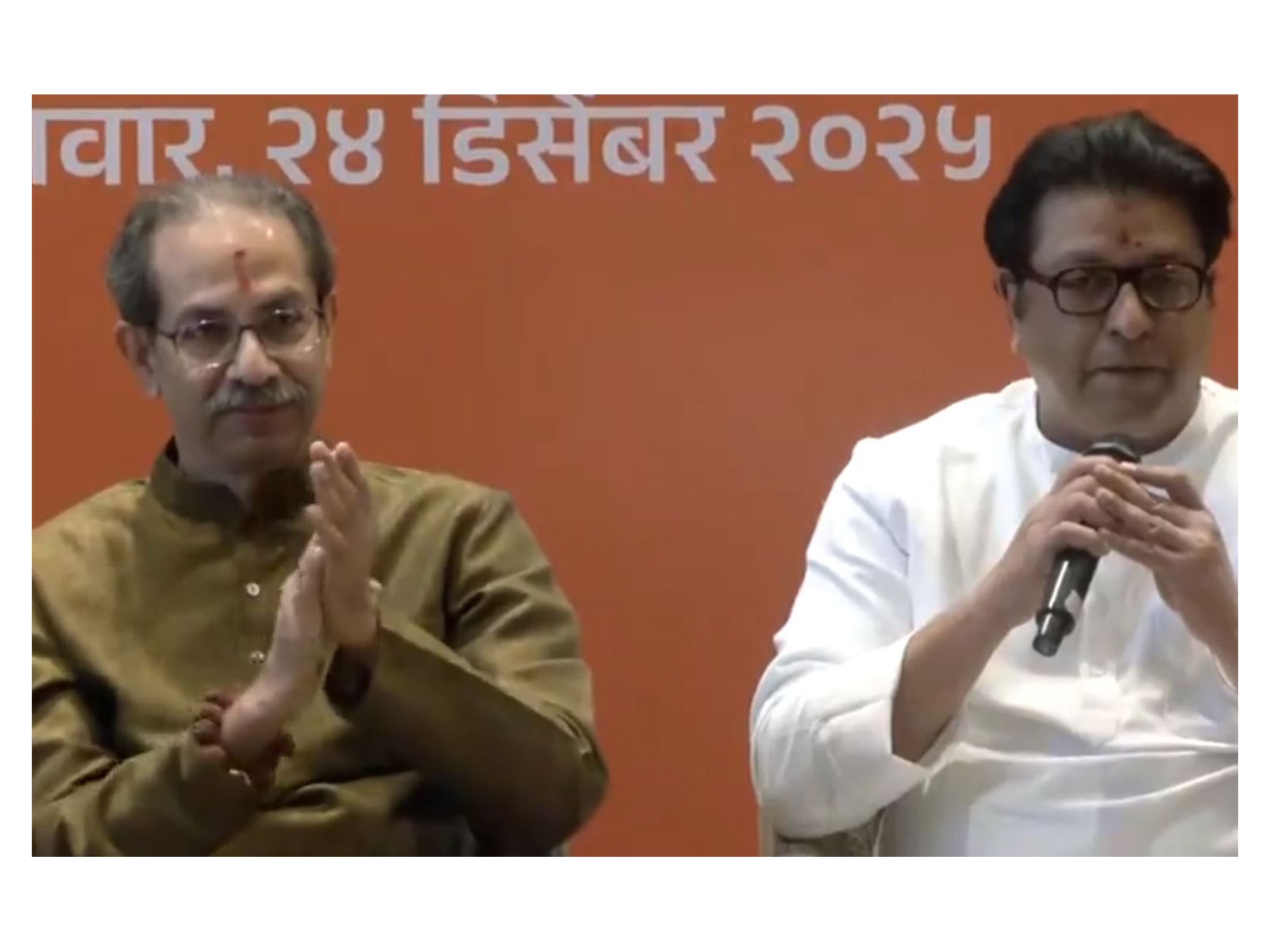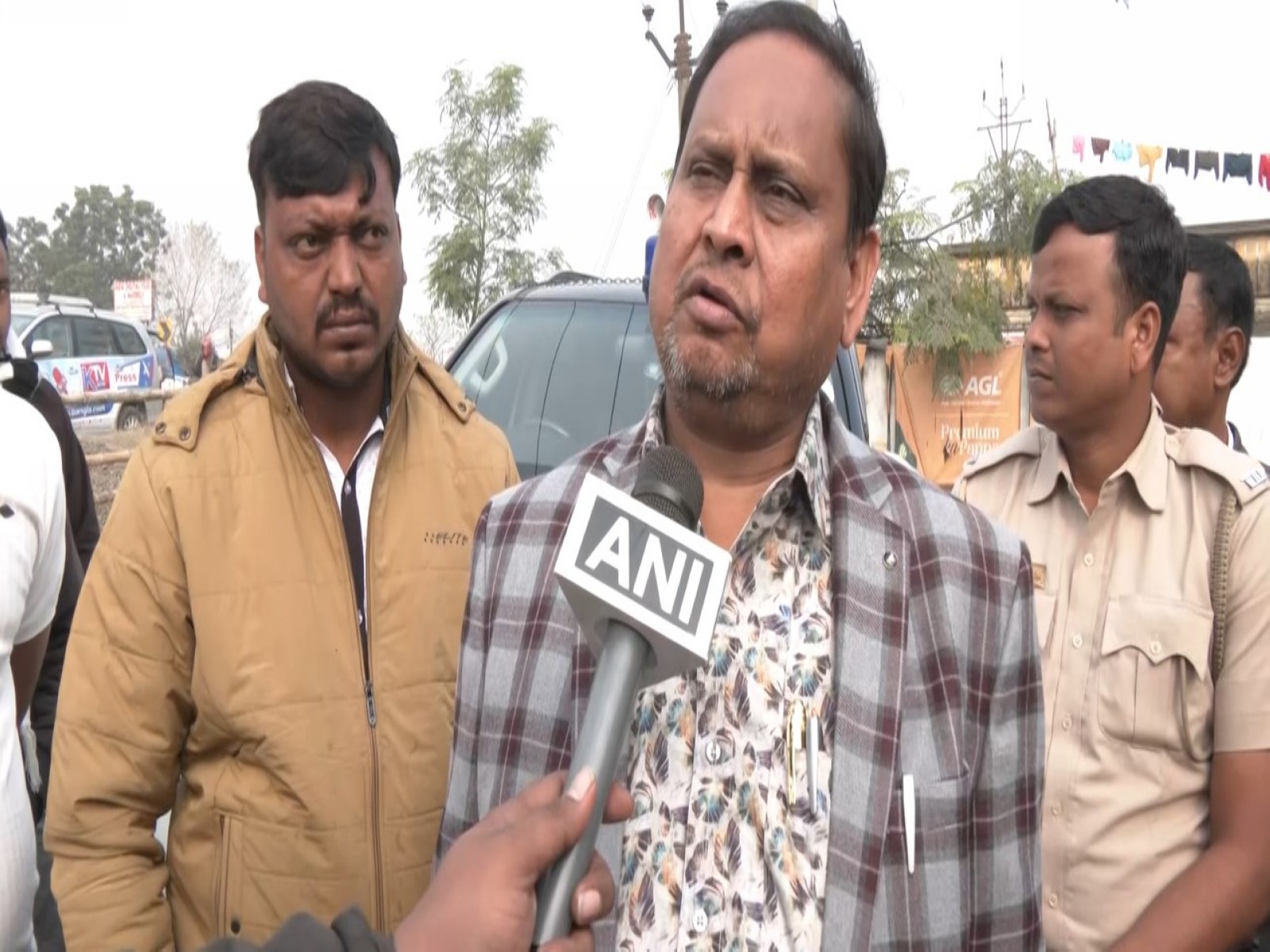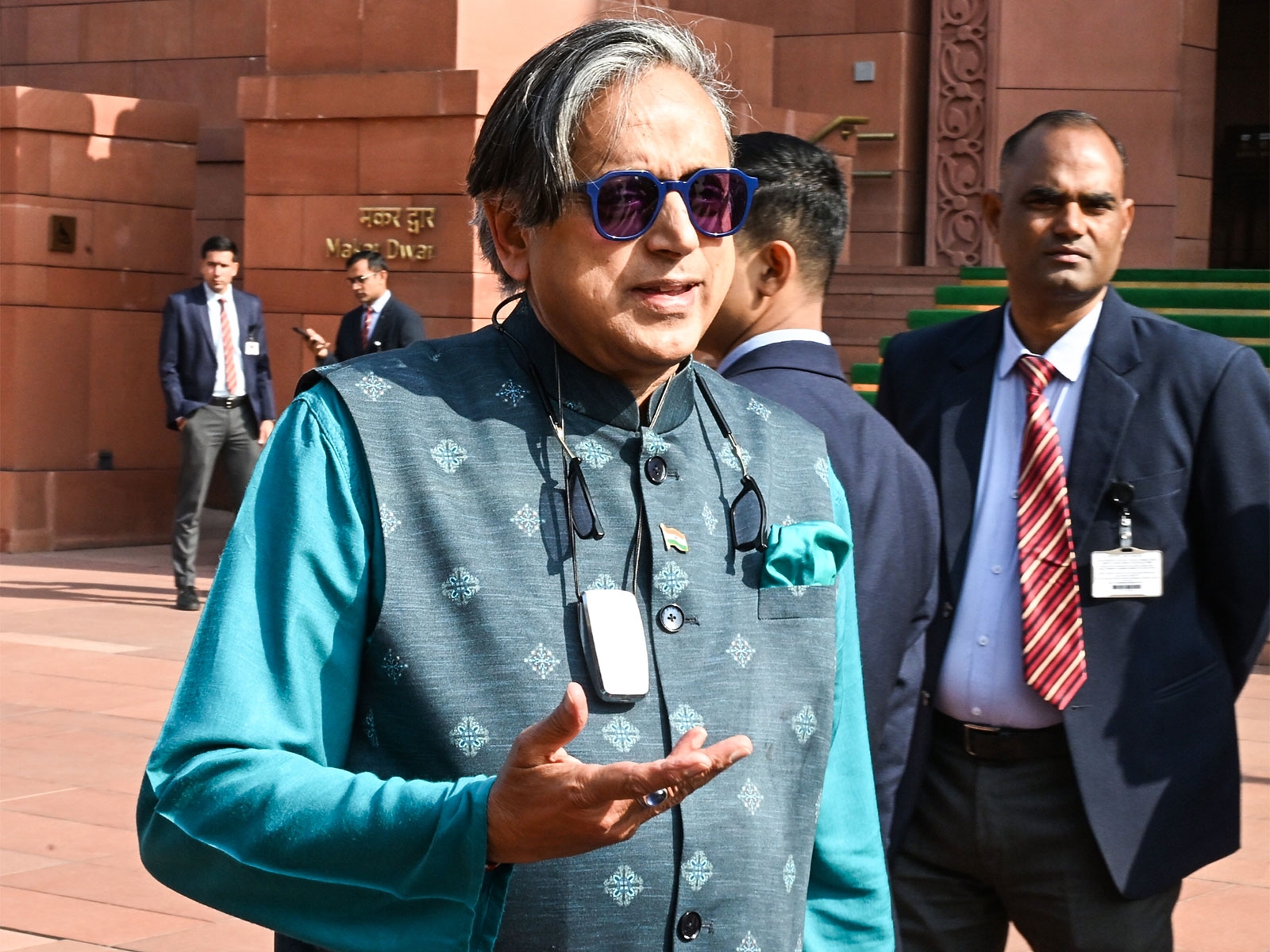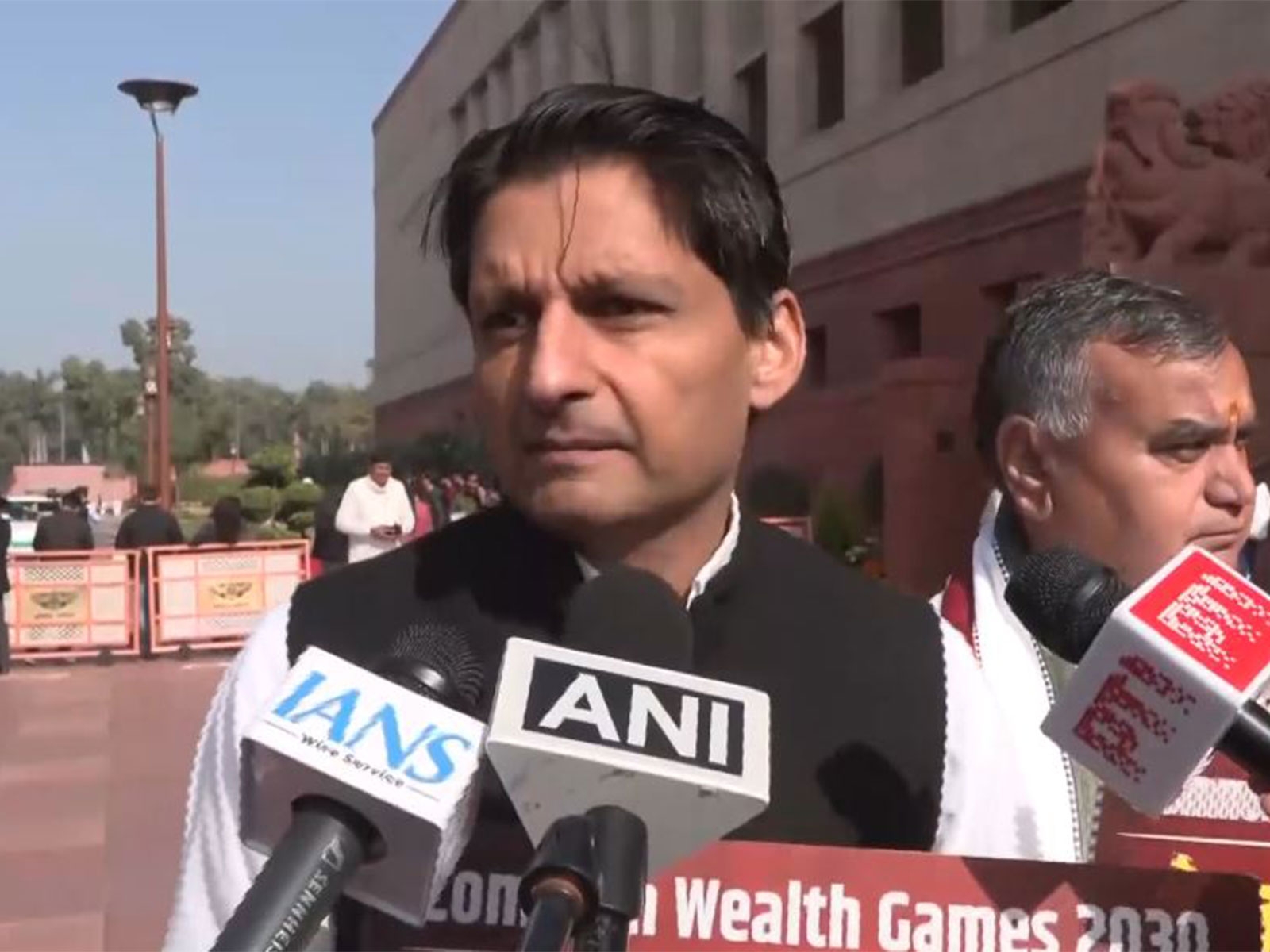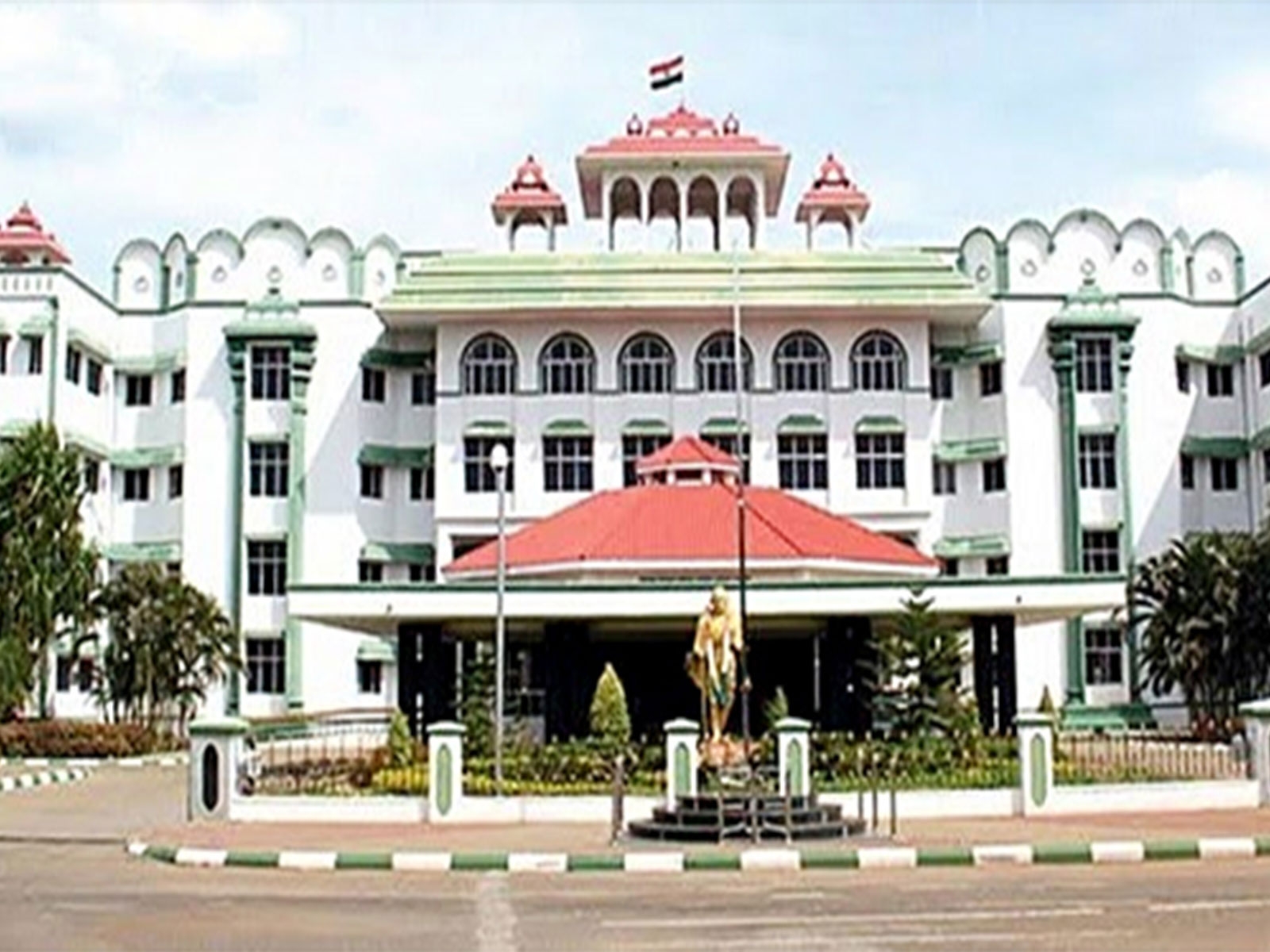Sustainable Development Goals: Can we pull them off?

On 25 September, Prime Minister Narendra Modi will attend the UN Sustainable Development Summit 2015, which will adopt a set of goals to guide all development-oriented activities around the world for the next 15 years.
The 17 Sustainable Development Goals (SDGs) will replace the Millennium Development Goals (MDGs). The new set has 169 targets.
Critics believe these are well-intentioned, but range from grandiose (end hunger) to peripheral (promote sustainable tourism) to flat-out impossible (full and productive employment and decent work for all).
Nevertheless, India is committing to some tough goals. Here's a quick reckoner of what they are and a reality check on where we stand.

Scale of problem:
- 36 crore Indians are poor. That's nearly 30% of the population.
What the UPA did:
- Enacted the MNREGA - a bill to guarantee 100 days of employment for rural workers (NREGA).
- Also, schemes like Aajivika, focused on creating employment for disempowered women.
- Good on intent, poor on implementation.
What the NDA is doing:
- Rolling back MNREGA. Trying to open bank accounts for every Indian to increase financial access (Jan Dhan Yojana). However, many accounts have no money in it.
Bad news:
- Planning Commission under UPA redrew the poverty line at Rs 32/day in cities. India's poverty numbers is calculated against that. It could be much higher.
- Two 26-year old MIT graduates tried living within that - had to travel on foot, could not buy water and found proteins unaffordable.
Good news:
- Per capita income up 10% from last year to Rs 7,378/month. (But method of calculation has been revised.)

Scale of problem:
- One out of every two children, under five, in India suffer from malnutrition. This is worse than sub-Sahara Africa. They will grow up stunted - physically, intellectually and emotionally.
- 19.5 crore people in India are undernourished.
What the UPA did:
- Adopted the National Food Security Act. This assured 5 kg food grain/month at Rs 3 to 75% rural population, and 50% urban citizens. But failed to fix the notorious public distribution system.
What the NDA is doing:
- Has rolled back the Antyoday Anna Yojana - food security for the ultra-poor that promised 35 kg grains per household.
Bad news:
- Modi government has cut central funding for school mid-day meals by 30%. Also cut back on the Integrated Child Development Scheme, aimed at providing nutrition to children under 5.
Good news:
- The BJP government in Chhattisgarh has reformed the PDS. It's computerised procurement and bar-coded ration cards. De-privatised fair-price shops. Now self-help groups, gram panchayats and cooperatives run them.
- Bihar's PDS also overhauled.

Scale of problem:
- India has the highest number of cases of leprosy, malaria, measles, tuberculosis and diarrhoea.
- One hospital bed for 1,833 people.
- Community health centres have only 17% specialist medical professionals needed.
What the UPA did:
- Started the National Rural Health Mission (NRHM) in 2005. Spent around Rs 50,000 crore in five years. Several programs were riddled with scams.
What the NDA is doing:
- Slashed the NRHM budget.
Good news:
- Life expectancy up by 5 years in the last decade.
- 594 district hospitals were built.
- Infant Mortality Rate improved from 55 of every 1,000 in 2007 to 44 in 2011. Maternal mortality rate came down to 212 of every 1,000 in 2009. It was 254 in 2004.
Bad news:
- India loses 6 percent of its GDP to ill health. But spends only 1.2 percent on health. One of the lowest in the world.
- It loses more citizens to preventable diseases than any other cause.

Scale of problem:
- India has 22 crore illiterate people. And ranks 74 out of 75 countries on reading and maths - lower than Kyrgyzstan.
What the UPA did:
- Brought in the Right to Education Act. That mandates compulsory education for those aged 6-14.
- Increased expenditure on child education from Rs 2,730 crore (2003-04) to Rs 20,841 crore (2011-12).
What the NDA is doing:
- Cut money for Sarva Shiksha Abhiyan (Education for All) by 20%. Slashed budget for Rashtriya Madhyamik Shikhsa Abhiyan (schooling up to Class X) by 30%.
Good news:
- Primary education enrollment in India is now at 99.8%.
Bad news:
- Only 43% schools have electricity. 40% don't have toilets for girls. 7% schools still don't even have drinking water. But premium colleges now have admission cut-offs at up to 100% marks.

Scale of problem:
- Child sex ratio is now the worst in 70 years - 918 girls per 1,000 boys.
What the UPA did:
- Introduced Women's Reservation Bill in 2008 (still not passed). It aimed at reserving 33% seats in Parliament and state assemblies for women.
What the NDA is doing:
- Prime Minister Modi launched a #selfiewithdaughter campaign to draw attention to the plunging sex ratio. Also a high-visibility Beti Bachao, Beti Padhao campaign (teach daughters, save daughters).
Bad news:
- On average, three women were raped every hour (2009-2013). One woman dies every hour due to dowry-related issues.
- Some school textbooks in India claim allowing women to work has created rising unemployment for men.
Good news:
- Several progressive laws and judgements have been passed that have improved women's access to property and equal opportunity to work.

Scale of problem:
- Inadequate access to sanitation for 77.4 crore people. Safe drinking water unavailable to 7.6 crore.
What the UPA did:
- Planned to provide drinking water to 4,67,411 habitations (2011-2014). Fell short by 5%.
What the NDA is doing:
- Started Rs 14,623 crore Swachh Bharat Abhiyan - Clean India campaign. Has built millions of toilets. Among its goals is to eliminate open defecation.
Bad news:
- Around 60% households had no toilets, as of 2012. Diarrhoea is the third leading cause of childhood mortality. Causes 13% deaths among children under 5.
Good news:
- Current government has achieved 60% of target in providing safe water.
- India now has some successful, community-driven sanitation models: Bikaner (Rajasthan), Hamirpur and Kangra (Himachal Pradesh) and pockets of East Midnapore (West Bengal). These places have been free of open defecation for some years now.

Scale of problem:
- About half of India's energy comes from fossil fuel like coal. This pollutes the air when burnt. Also plays havoc with places where they are mined.
- India will empty its coal reserves in 17 years at current rate of extraction, says Greenpeace.
What the UPA did:
- Launched the Jawaharlal Nehru National Solar Mission (2010). Ambitiously targeted at deploying 20,000 MW grid-connected solar power by 2022, reducing cost.
What the NDA is doing:
- Aims at generating 175 GW by 2022.
Good news:
- Solar power is getting cheaper. Madhya Pradesh recently offered the world's cheapest solar energy at Rs 5/unit.
Bad news:
- No clarity on how to deal with increasing e-waste from redundant solar panels. Solar energy continues to be inefficient: Lot of non-renewable energy is used to make solar cells. But clean energy generated in return is not enough.

Scale of problem:
- Unemployment is on the rise. More than 20% Indians under 24 are jobless (Census 2011).
What the UPA did:
- Pumped Rs 2.66 lakh crores into NREGA. That guaranteed minimum employment to 50 million households.
What the NDA is doing:
- Announced the Skill India initiative with a budget of Rs 1,543 crore.
Good news:
- Rural family income increased 12-33% across India in UPA regime. That helped food security, education, health care and debt repayment.
- The GDP grew at 7.3% last year. Likely to hit 8% this year, surpassing China. Caveat: The Modi government has a new method to calculate GDP.
Bad news:
- Of every Rs 5 spent, the poor got only Rs 1.
- The unorganized sector employs 93% of the workforce. This puts 40 crore Indians in need of professional skills.
- There are 21,820 Industrial Training Institutes with only 30 lakh seats.

Scale of problem:
- India has less than 4 km roads/1,000 people.
- 40% villages don't have all-weather roads.
- Our infrastructure ranks 91 out of 139 nations (World Economic Forum's Global Competitiveness Index).
What the UPA did:
- Spent Rs 55,000 crore to construct 7,300 km of highways. Widened existing roadways.
- But missed investment targets for ports by 54%.
What the NDA is doing:
- Allocated Rs 42,000 crore to build roads.
- Approved Rs 20,000 crore National Investment and Infrastructure Fund for roads, railways and power plants.
Good news:
- The BJP manifesto had promised to enhance infrastructure. Among the ideas were bullet trains and a national optical-fibre network.
Bad news:
- Only a quarter of our national highways are four-lane.
- Poor transport and other infrastructure costs India 1.1% of GDP.

Scale of problem:
- India's Gini coefficient rose to 37 from 33 (since 1993). Indicates the country's increasing income inequality.
- Combined net worth of India's 100 richest is $345 billion (Rs 20.7 lakh crore). But an average Indian makes Rs 88,500 a year.
What the UPA did:
- Nothing much.
What the NDA is doing:
- No plans yet.
Good news:
- Nothing, really.
Bad News:
- An Indian CEO's salary is 78 times that of the average of his workforce.

Scale of problem:
- Cities are bursting at their seams.
- Urban population expected to double by 2050 from 410 million now. Will put immense pressure on cities for jobs, transport, housing and water.
What the UPA did:
- Created the Jawaharlal Nehru National Urban Renewal Mission. Had a budget of Rs 42,900 crore for nine years.
- Ex-finance minister P Chidambaram wanted to bring 85% of Indians to cities.
What the NDA is doing:
- Modi promised 100 new smart cities by 2022. They are supposed to be power growth and provide housing for all.
Good news:
- Rs 1 lakh crore cleared to be spent on urban development over five years under two new missions.
Bad news:
- No clear roadmap for how smart cities would provide for the promises. Nothing much about community development.

Scale of problem:
- India has the third biggest ecological footprint. Our ecological deficit day - when the country's demand for ecological resources and services exceeds what the ecosystem can regenerate that year - was on June 30.
What the UPA did:
- A historic Supreme Court judgment in 1998 forced all public transport vehicles to switch to cleaner compressed natural gas. There were about one lakh such vehicles.
What the NDA is doing:
- At International Climate Negotiations, Prakash Javadekar said "Indian lifestyle is against extravagant consumption". Means it doesn't care two hoots.
Good news:
- India has rich ecological resources. It is among the top 10 countries contributing to the world's biocapacity.
- The shift to CNG cut suspended particulate matter in Delhi's air to 161 micrograms/cubic metre in 2007 from 409 in 1995.
Bad news:
- The average ecological footprint of a rich Indian exceeds the global average.
- Luxury car sales are expected to triple in five years.
- Delhi's air has turned poisonous again, hitting 316 micrograms/cubic metre. That's nearly 16 times more toxic than what WHO considers tolerable.

Scale of problem:
- Expect a 4-degree Celsius rise in temperature at the rate we are emitting greenhouse gases. The impact would be widespread.
- But India maintains that it needs to emit more for economic prosperity.
What the UPA did:
- Constituted the PM's Council on Climate Change in 2007. But that last met in February 2011. It only assessed the eight missions comprising the National Action Plan on Climate Change (NAPCC).
What the NDA is doing:
- Focusing 50:50 on adaptation and mitigation of greenhouse gases.
- Considering reviving the high-level advisory panel to assess climate change impact. But no action so far.
Good news:
- Still looking for any.
Bad news:
- Voluntary emission cuts announced ahead of the CoP-21 in Paris not enough to cap global temperature rise at 2 degrees C. Impacts here would include more droughts and floods, melting glaciers. Rising ocean levels are a threat to islands.

Scale of problem:
- About 90% of our fish are at maximum sustainable levels of exploitation or worse.
- 26% of Indian 5,700 km coastline faces severe erosion. It is also receding due to massive construction activities.
What the UPA did:
- Brought in the 2011 Coastal Regulation Zone notification. That was meant to prevent construction in ecologically sensitive areas and any development within 100 meters of coastline.
What the NDA is doing:
- In June, Environment Minister Javadekar okayed a 35 km coastal road connecting Nariman Point to Kandivali. Drew much criticism from environmentalists.
Good news:
- Awareness has gone up.
Bad news:
- Half the world's olive ridley turtles come to Odisha. They are listed as threatened endangered species.
- Coastal erosion has made 30% of our population vulnerable to natural disasters.

Scale of problem:
- 1.64 lakh hectare forest land diverted towards mining. 253 species of wildlife endangered in just two years.
What the UPA did:
- Enacted Forest Rights Act, 2006 to conserve forests. It was also meant to give forest rights to communities.
- Implemented Panchayats (Extension to Scheduled Areas) Act in Fifth Schedule areas. This was to ensure public participation in development projects.
- But the number of endangered species jumped sharply to 443 in 2012 from 190 in 2010.
What the NDA is doing:
- The environment ministry allowed coalmines with capacity below 16 million tons/annum (mtpa) to expand without conducting public hearings. Earlier the cut-off was 8 mtpa.
Good news:
- India is among the world's finest biological hotspots - home to about 8% of the world's total plant and animal species.
Bad news:
- The current government cleared 16 major industrial projects since coming to power.
- The newly created National Board for Wildlife cleared 133 proposals in some of the most fragile wildlife habitats last month.

Scale of problem:
- Incidents of communal riots jumped almost 25% in the first five months of 2015. That data is from the Home Ministry.
- Some 40% citizens are deprived of basic rights and opportunities, says the Supreme Court.
What the UPA did:
- Not much.
What the NDA is doing:
- Nothing to write home about.
Good news:
- Modi has consciously focused on an image make-over since becoming the PM.
Bad news:
- Little Muslim representation within the BJP. Of the party's 157 candidates in the Bihar elections, only two are from the community.

Scale of problem:
- India has a rapid growth rate and the world's largest youth population. The country considers itself important for global partnerships. But it is not seen as mature enough to be part of bodies like the UN Security Council.
What the UPA did:
- Worked towards achieving MDGs. Helped reduce poverty by half. Achieved gender parity in primary school enrollment.
What the NDA is doing:
- Modi's way seems to be foreign visits. Has been to 25 countries in 15 months. Remains to be seen what it does in about the SDGs.
Good news:
- India made significant progress towards MDGs. Met some targets ahead of the deadline even. And that's from UN Development Programme itself.
Bad news:
- The UNDP also says we have not been consistent with MDGs.


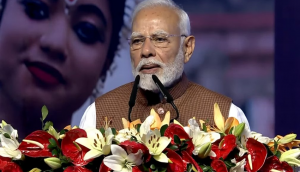

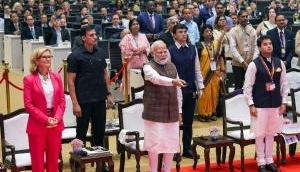
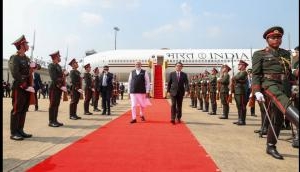
![BJP's Kapil Mishra recreates Shankar Mahadevan’s ‘Breathless’ song to highlight Delhi pollution [WATCH] BJP's Kapil Mishra recreates Shankar Mahadevan’s ‘Breathless’ song to highlight Delhi pollution [WATCH]](https://images.catchnews.com/upload/2022/11/03/kapil-mishra_240884_300x172.png)

![Anupam Kher shares pictures of his toned body on 67th birthday [MUST SEE] Anupam Kher shares pictures of his toned body on 67th birthday [MUST SEE]](https://images.catchnews.com/upload/2022/03/07/Anupam_kher_231145_300x172.jpg)


